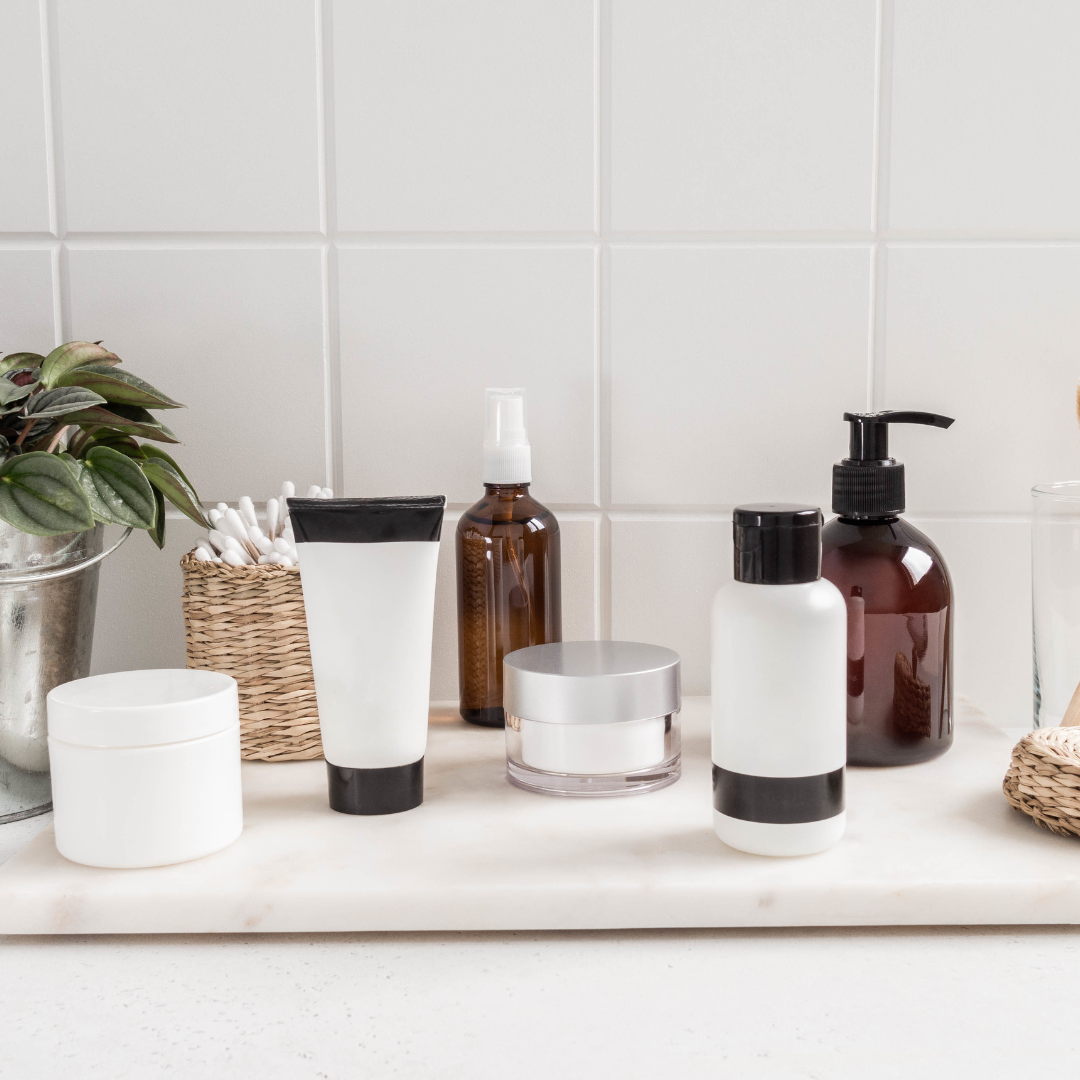Quality assurance is a common term among brands and manufacturers. While the term is often used in both literature and marketing, it is often not well understood. But what really is quality assurance? And why is it important for both manufacturers and consumers? Here is what you need to know about the quality assurance process:
What Is Quality Assurance?

Quality assurance is the process of ensuring that everything within a given product or service is “fit for use” by the consumer. In other words, the goal is to ensure that the product or service is up to the standards set by the manufacturer of the product or the service provider. Traditionally, the term “quality assurance” has been applied to products rather than services. However, recent literature has used the term for products and services alike.
The specific aspects of quality assurance depend on the product or service in question. For instance, if the product in question is a skincare product, quality assurance would cover everything from the quality of the ingredients, to the manufacturing facilities, to the actual manufacturing process. Plus, the process could also ensure that the people involved in the manufacturing process are knowledgeable and competent.
Quality Assurance vs. Quality Control
The term quality assurance is often used interchangeably with quality control. While quality assurance is focused on the process and, for a product, the ingredients, quality assurance judges the process by which quality is ascertained. Going back to our skincare product, this would involve examining exactly how the ingredients are judged and tested and the criteria used for the manufacturing process.
In many cases, quality control is what happens after the product is already made. The goal, of course, is to weed out the bad products. Quality control is reactive rather than proactive, but it is still an integral part of ensuring that you have a quality product.
Who Sets Quality Assurance Standards?
In most cases, quality assurance standards are set by the manufacturer. However, companies may also have their own additional quality requirements. For instance, some companies want to ensure that all of their ingredients are sustainably sourced or may even have specific suppliers in mind. It is then up to the manufacturer to ensure that the client’s requests are followed by either finding the naturally sourced materials or working with the suppliers that the client approves.
What Makes a Good Quality Assurance Process?
While quality assurance is a rather complex process, mapping out quality assurance can be simpler than you think. Here are the basic steps:
- Creating a Plan: A good quality assurance process starts with a thorough plan. The plan will cover the goals and methods that are required to develop an appropriate product or service. The plan varies depending on the manufacturer and, sometimes, by the product.
- Developing a Testing Process: Once the plan is assessed and approved, it is then put into motion. This includes the details of how, when, and by whom things will be evaluated.
- Diligent Monitoring: A good quality assurance process cannot function without careful oversight and monitoring. In some cases, a good plan that’s been implemented may not hold up long-term. In other cases, a complication is introduced.
- Knowing How and When to Act: Quality assurance testers should know how and when to act if something falls below expected quality standards. The actions, of course, should be proactive and geared at remedying the problem.
Benefits of Quality Assurance for the Company
Every company wants to be the best, whether it's having the best product or the best service. Having a good quality assurance system in place gives the company peace of mind that their products are, in fact, of the highest caliber. This is especially important for brands whose reputation is dependent on quality products and services.
Benefits of Quality Assurance for the Customer
Customers, of course, benefit from quality assurance because the process helps ensure that they are receiving the best product or service. Good quality assurance means fewer mistakes and, overall, a more satisfying experience for the customer.
For instance, in the case of a skincare product, good quality assurance practices help ensure that the product doesn’t cause any adverse reactions and doesn’t contain any potentially harmful ingredients.
Quality Assurance at Pure Source
At Pure Source, we strive to create the best possible products. Our quality assurance process helps us guarantee that we are offering the best, which is why we devote a significant portion of our time and resources to quality assurance.
Our process is comprehensive to ensure that all of our ingredients are of the best quality. Every one of our products undergoes a carefully coordinated and rigorous set of uniquely designed tests for that product. In addition, we ensure that we carefully track every product that leaves our facility via an automated tracking system to help us monitor product quality details.
Of course, our quality assurance doesn't stop at the products. We carefully screen our suppliers and constantly challenge our laboratory and production staff to strive for improvement and ensure that industry-leading experts train them on FDA, SOP, and GMP rules and regulations. We are so confident in our process that we encourage random inspections from the FDA and state and local organizations to make sure we always deliver the best.
Takeaways
- Quality assurance is the process of ensuring that a product, or service, is fit for the public.
- While the terms quality assurance and quality control are used interchangeably, there are important differences. While quality assurance is focused on making sure that something is done or made correctly, quality control prevents a bad product or service from reaching the consumer.
- Great quality control starts with a good plan and requires diligent oversight and, at times, action.
- A good quality assurance process benefits everyone, including the consumer.










